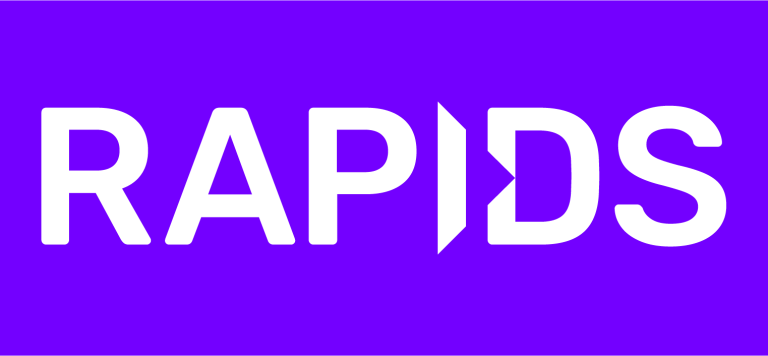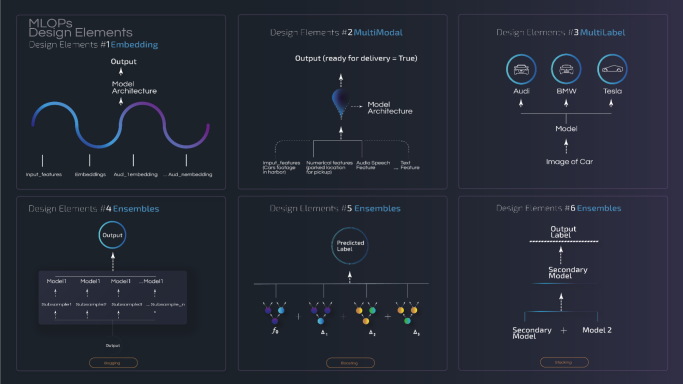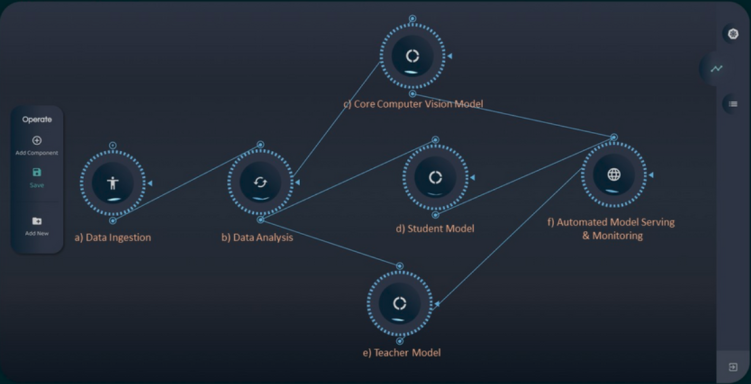Pipeline Index: MLOps Design Patterns
Pipeline Index™: Revolutionizing MLOps Design Patterns
Aktiver's Pipeline Index™ is a groundbreaking tool that embraces a vast range of training strategies. From student-teacher learning to adversarial robustness, it empowers you to design and conduct your experiments and training strategies to generate deep learning models that deliver precise performance in their target environment. Whether you are working on Reinforcement Learning (RL) training feedback loops so you can bring your own GPT models, (to keep your data safe), or Computer Vision models, the Pipeline Index™ can handle it all.
This versatile tool significantly reduces the failure rate of data science projects by up to 80%, providing substantial savings - potentially into the hundreds of thousands or even millions - for many businesses. The Pipeline Index™ is adept at deploying any open-source ML package or tooling, offering you unrivaled freedom and versatility in your AI development process.
Beyond simple model experimentation, Aktiver enables you to experiment with the entire ML/AI infrastructure. This advanced capability allows you to design and deploy any end-to-end ML system swiftly and efficiently, potentially saving your DevOps, Data Scientists, and ML Engineering teams anywhere from 6 to 18 months of time.
One of the key components of the Pipeline Index™ is the Neural Composite Graph AutoML, it serves as a continuously learning "brain" of practical know-how regarding machine learning methods for real-world tasks, which ensures success of your data science objectives from conception to production.
The Pipeline Index™ represents a fusion of key concepts, paving the way for ROI on AI use cases for your business. This unique blend results in an advanced tool that's designed to make your AI journey more efficient, effective, and successful. With the Pipeline Index™, you're not just adopting a tool - you're embracing a revolution in MLOps Design Patterns and automated design of model training strategies.
The Pipeline Index™ automates the design of testing model training strategies:
- Image 1: MLOps design patterns.
- Image 2: Screenshot of a student- teacher training strategy/MLOps design pattern.
All Kubernetes. All Open Source.







